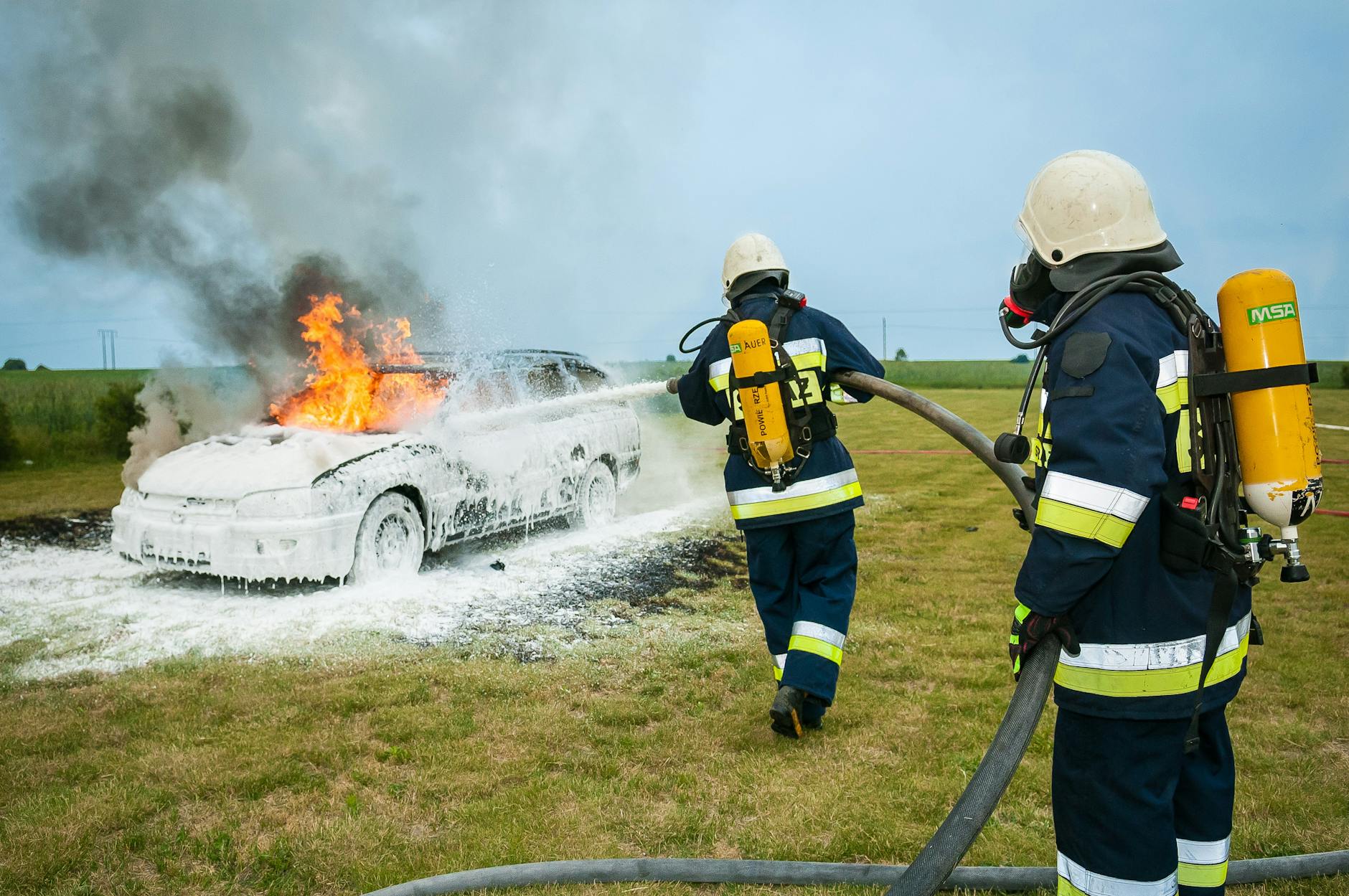
Fire Prevention vs Fire Suppression: What’s More Important?
Introduction
Fire safety is a critical aspect of risk management in homes, workplaces, and public spaces. Two primary approaches dominate fire safety strategies: fire prevention (stopping fires before they start) and fire suppression (controlling and extinguishing fires once they occur). While both are essential, debates often arise over which is more important.
This article explores 20 key differences between fire prevention and fire suppression, highlighting how they overlap in real-world scenarios. Understanding their roles can help individuals and organizations develop more effective fire safety plans.
20 Key Differences Between Fire Prevention and Fire Suppression
| Aspect | Fire Prevention | Fire Suppression | Overlap in a Fire Scenario |
|---|---|---|---|
| Goal | Stop fires before they start | Control/extinguish existing fires | Prevention reduces fire risk, suppression handles failures. |
| Methods | Hazard inspections, safe storage, electrical safety | Fire extinguishers, sprinklers, firefighting | Both work together—prevention reduces suppression needs. |
| Cost | Lower long-term costs (avoids damage) | High immediate costs (equipment, training) | Investing in prevention lowers suppression expenses. |
| Focus | Proactive (avoidance) | Reactive (response) | Prevention minimizes fire outbreaks; suppression limits damage. |
| Training | Safety protocols, hazard awareness | Firefighting techniques, equipment use | Employees trained in both prevent and respond to fires. |
| Equipment | Smoke detectors, fire-resistant materials | Extinguishers, hoses, sprinklers | Smoke alarms alert early, suppression systems act if fire starts. |
| Regulations | Building codes, OSHA standards | NFPA standards, fire department codes | Compliance with both ensures full safety coverage. |
| Human Role | Everyone’s responsibility | Trained personnel (firefighters, safety officers) | Workers prevent fires; responders suppress them. |
| Effectiveness | 100% if no fire starts | Depends on response time/skill | Prevention is ideal, but suppression is a necessary backup. |
| Maintenance | Regular inspections, hazard checks | Testing extinguishers, sprinkler systems | Both require upkeep for reliability. |
| Impact on Business | Reduces downtime | Minimizes damage after ignition | Prevention avoids disruptions; suppression limits losses. |
| Risk Reduction | Eliminates ignition sources | Reduces fire spread | Prevention is primary; suppression is secondary. |
| Technology Used | Fire-resistant materials, alarms | Automated sprinklers, foam systems | Smart systems combine detection (prevention) and suppression. |
| Legal Liability | Reduces negligence claims | Mitigates damage liability | Strong prevention lowers legal risks; suppression controls outcomes. |
| Public Awareness | Educates on fire hazards | Teaches emergency response | Communities need both knowledge and action plans. |
| Environmental Impact | Reduces pollution from fires | May involve chemicals/water waste | Prevention avoids fires; suppression may have ecological costs. |
| Time Sensitivity | Ongoing process | Immediate action required | Prevention is continuous; suppression is urgent. |
| Insurance Benefits | Lowers premiums | Reduces claim amounts | Insurers favor prevention but require suppression measures. |
| Scalability | Applicable to all settings | Depends on infrastructure | Homes and industries need both in varying degrees. |
| Long-Term Value | Saves lives and property | Limits destruction | Prevention is best, but suppression is critical when prevention fails. |
Conclusion
Both fire prevention and fire suppression are vital for comprehensive fire safety. Prevention is the first line of defense, reducing the likelihood of fires, while suppression acts as a crucial backup when prevention fails. The best strategy integrates both approaches—minimizing risks through proactive measures while ensuring effective response capabilities.
Organizations and individuals should prioritize prevention (education, inspections, and hazard control) but must also invest in suppression systems (extinguishers, sprinklers, and trained responders) to ensure maximum safety.
Fire Safety Interview: 50 Questions and Sample Answers
How to Conduct a Fire Drill at Work?
Fire Safety and Emergency Preparedness
How Does a Fire Extinguisher Work? | Free Download PPT
FAQs
1. Which is more important—fire prevention or suppression?
Both are essential, but prevention is more cost-effective and safer since it stops fires before they start. Suppression is necessary as a backup.
2. Can fire prevention eliminate the need for suppression?
No—even with strong prevention, accidents or electrical failures can still cause fires, making suppression systems necessary.
3. What are some simple fire prevention tips?
- Store flammable materials safely.
- Avoid overloading electrical circuits.
- Regularly inspect heating equipment.
4. What are common fire suppression methods?
- Portable fire extinguishers.
- Automatic sprinkler systems.
- Fire blankets and sand/water for small fires.
5. How often should fire safety systems be inspected?
- Prevention: Monthly hazard checks.
- Suppression: Annual inspections for extinguishers and sprinklers.
6. Does insurance favor prevention or suppression?
Insurers prefer prevention (lower risk = lower premiums) but require suppression measures (extinguishers, alarms) for coverage.
By balancing prevention and suppression, we can create safer environments and minimize fire-related disasters.